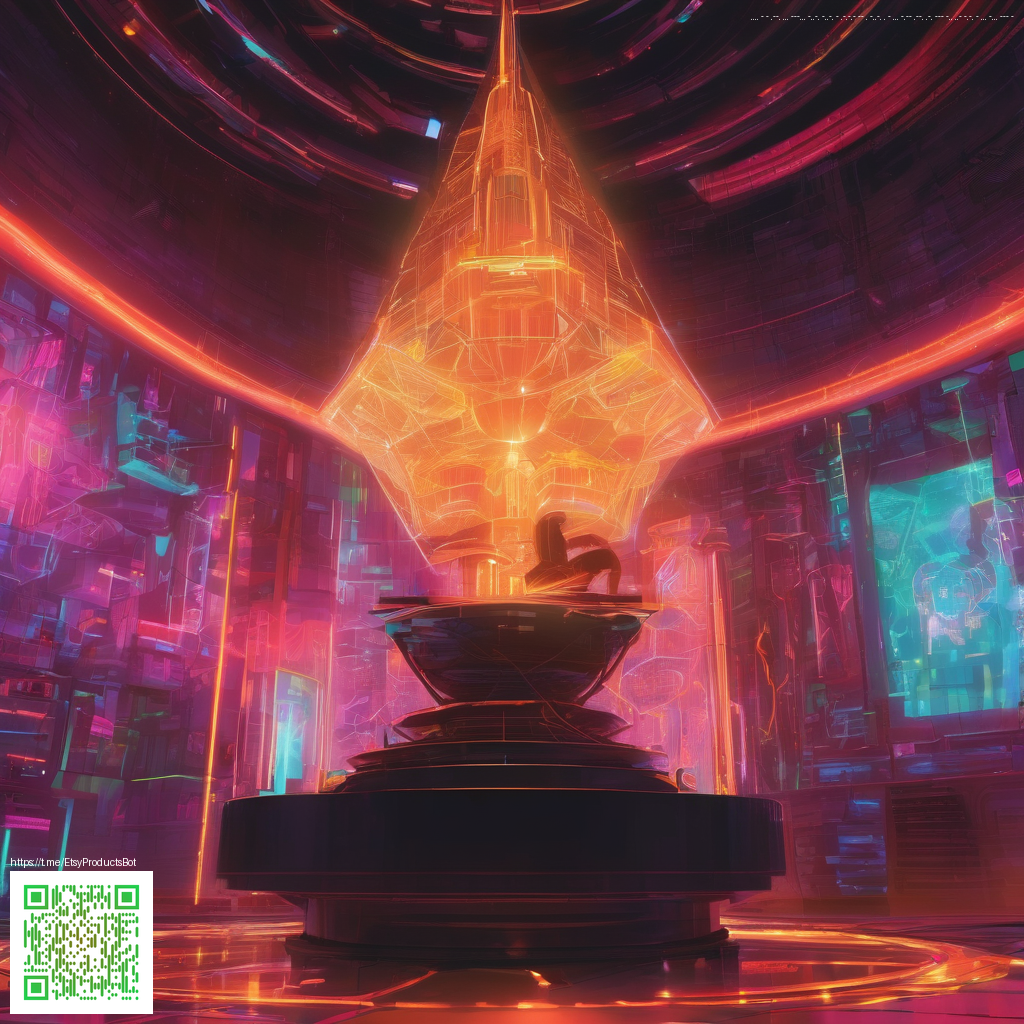
Monsters as the heartbeat of horror games
In the best horror titles, monsters are not merely obstacles; they are the engine that drives fear, curiosity, and player behavior. These creatures shape pacing, encourage strategic thinking, and foster a sense of living, responsive worlds. When a game design team hones monster behavior, they unlock a feedback loop: players learn the rules, adapt their tactics, and feel compelled to explore even when danger lurks just beyond the corner.
Fear as a design language
Fear emerges from more than jump scares. It comes from the way a monster moves, how it senses you, and how the world reacts to its presence. A well-timed rustle of leaves, a shadow that lengthens as you slip through a doorway, or a distant, unceasing growl can prime your nerves long before the creature reveals itself. Designers craft these cues as a design language—a vocabulary that players learn and anticipate. When you understand the language, fear becomes a predictable, thrilling tension rather than a random spike in adrenaline.
“Monsters should exist as totems of the world’s danger, not chances to press a scare button.”
Immersion through consistent world-building
Immersion hinges on believable behavior and coherent world rules. A creature that stalks through a derelict hospital with deliberate, almost patient precision should carry over into the next area with the same logic. Inconsistencies break immersion; a monster that activates in one forest biome but suddenly behaves like a different creature in another erodes player trust. The strongest horror experiences weave monster behavior into environmental storytelling—echoing footprints, torn posters, and flickering surveillance cameras—all painting a single, credible reality in which the fear makes sense.
- Distinct visual language: silhouettes, textures, and color cues that help players identify threats at a glance.
- Auditory identity: unique roars, breathing patterns, and ambient cues that signal danger without revealing everything.
- Smart constraints: monsters that respond to player choices and evolve pacing rather than merely increasing difficulty.
Designing monsters that matter
Monster design is a dialogue between art direction and core gameplay mechanics. A well-crafted foe should reward curiosity and strategic thinking, not punish players with irrelevant gimmicks. Key principles used by top studios include clarity of intent, adaptive challenge, and deep integration with the environment. When a creature’s goals align with the surrounding world, encounters feel meaningful and memorable rather than disposable.
For readers who appreciate a tactile setup that matches their late-night horror sessions, consider the Custom Neon Mouse Pad 9.3x7.8 in – Non-Slip Desk Pad to keep your controls precise during tense chase sequences. A cohesive desk setup helps maintain focus on the tension on screen and can subtly enhance the overall mood of the experience.
Beyond aesthetics, monster design informs core gameplay systems—stamina budgets, line-of-sight rules, and resource management. Recognizing patterns in a foe’s behavior gives players a sense of agency: they can anticipate, retreat, or tactically lure the creature into a more favorable moment. Horror thrives when players feel both exposed and empowered, navigating danger with calculated nerve rather than sheer luck.